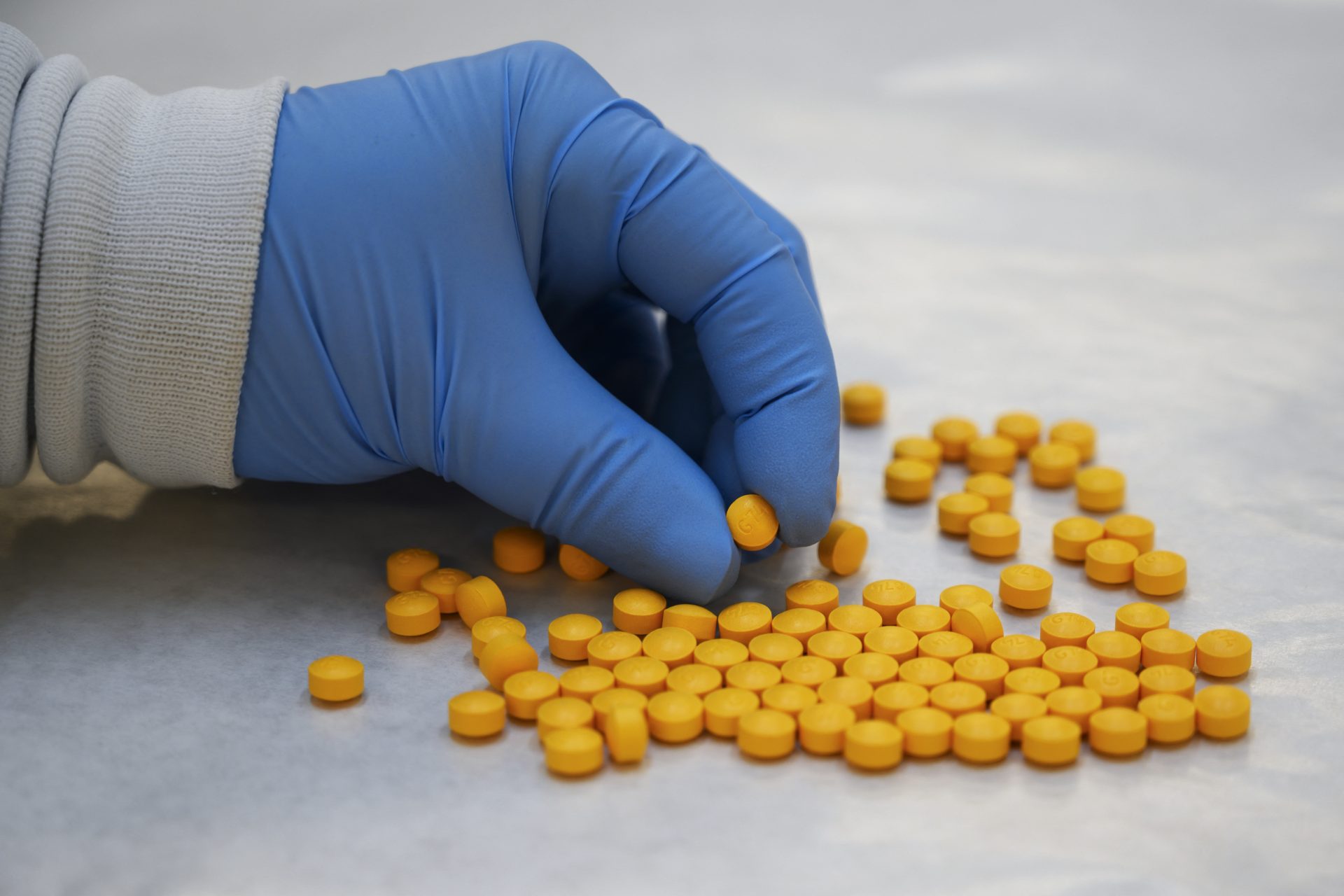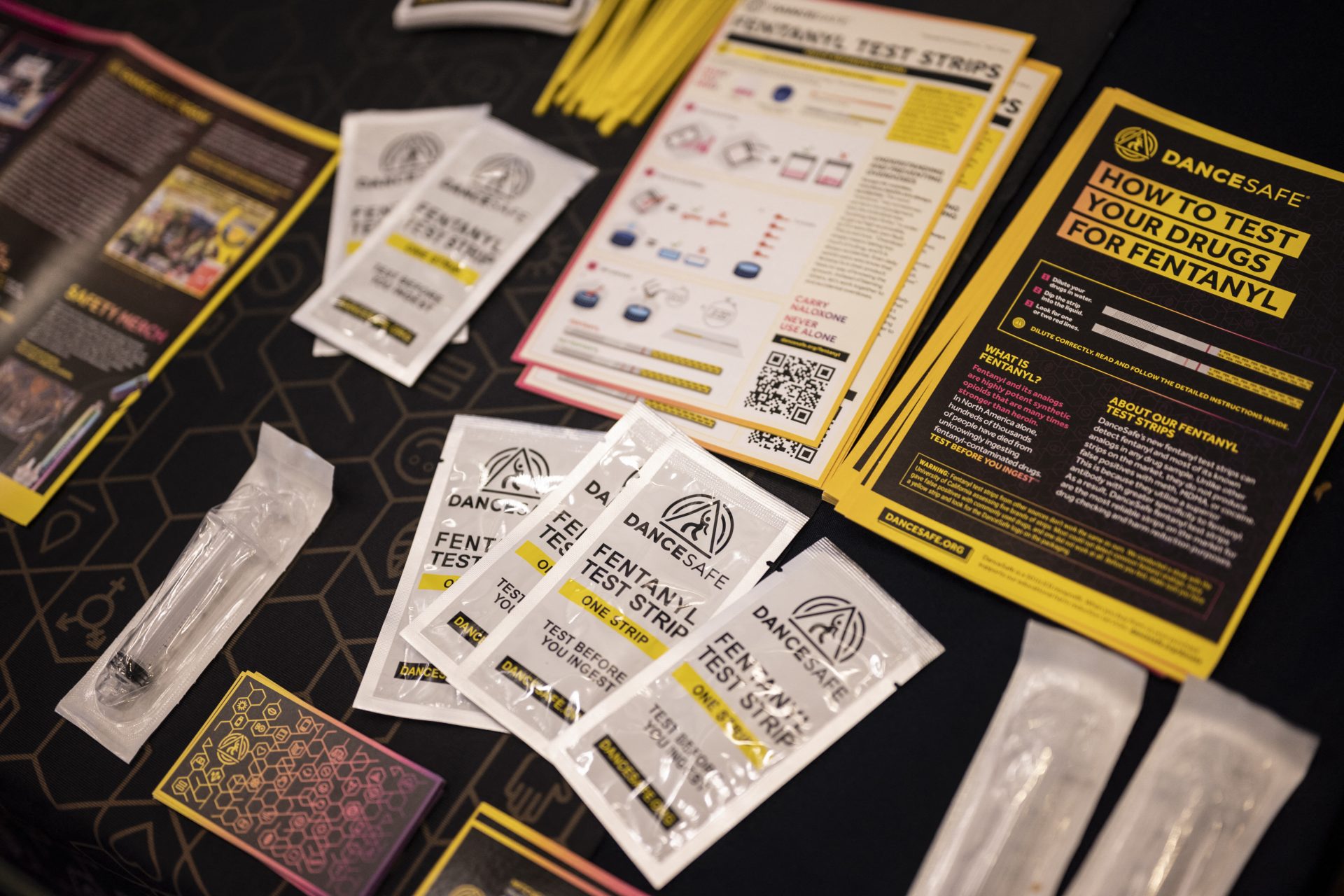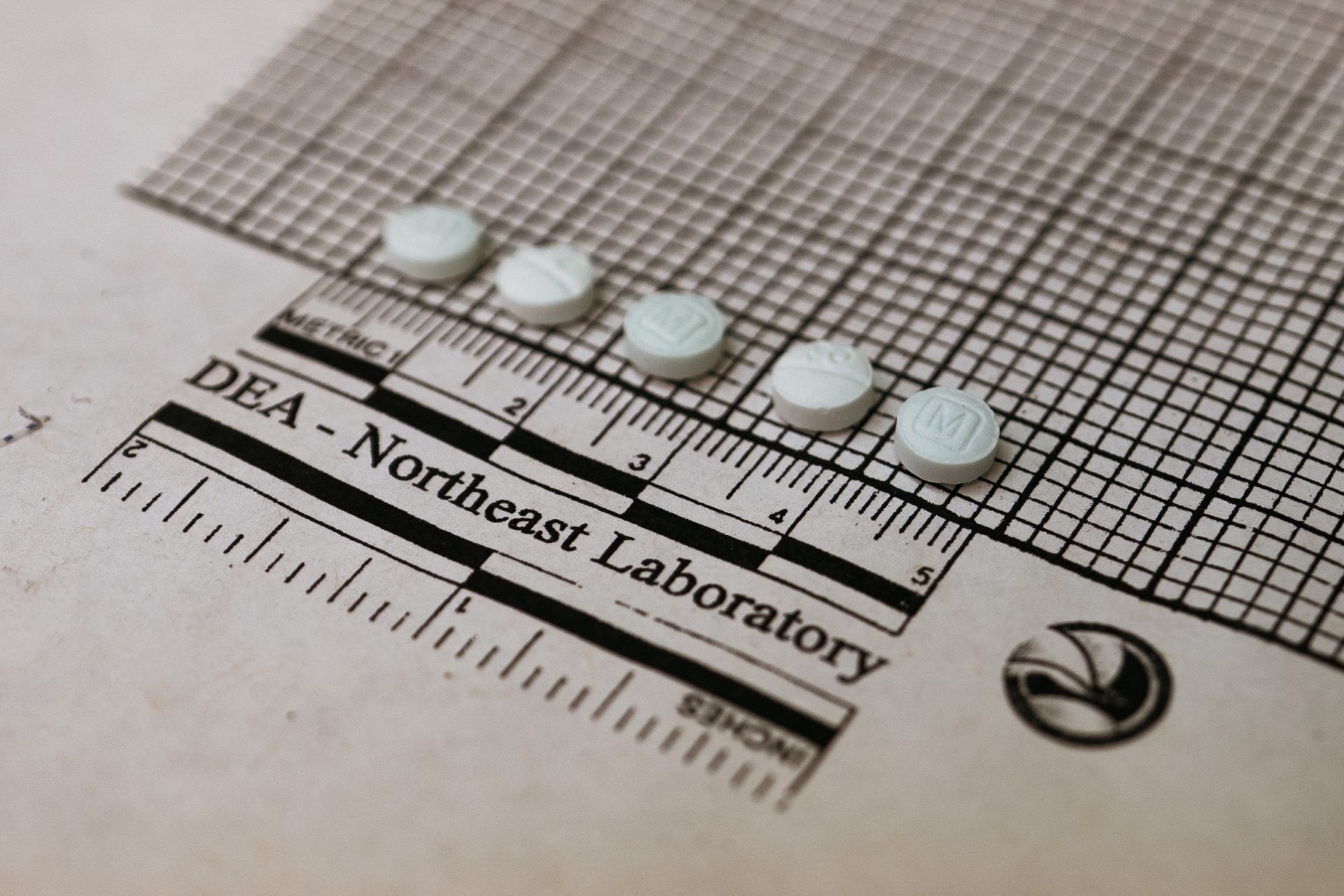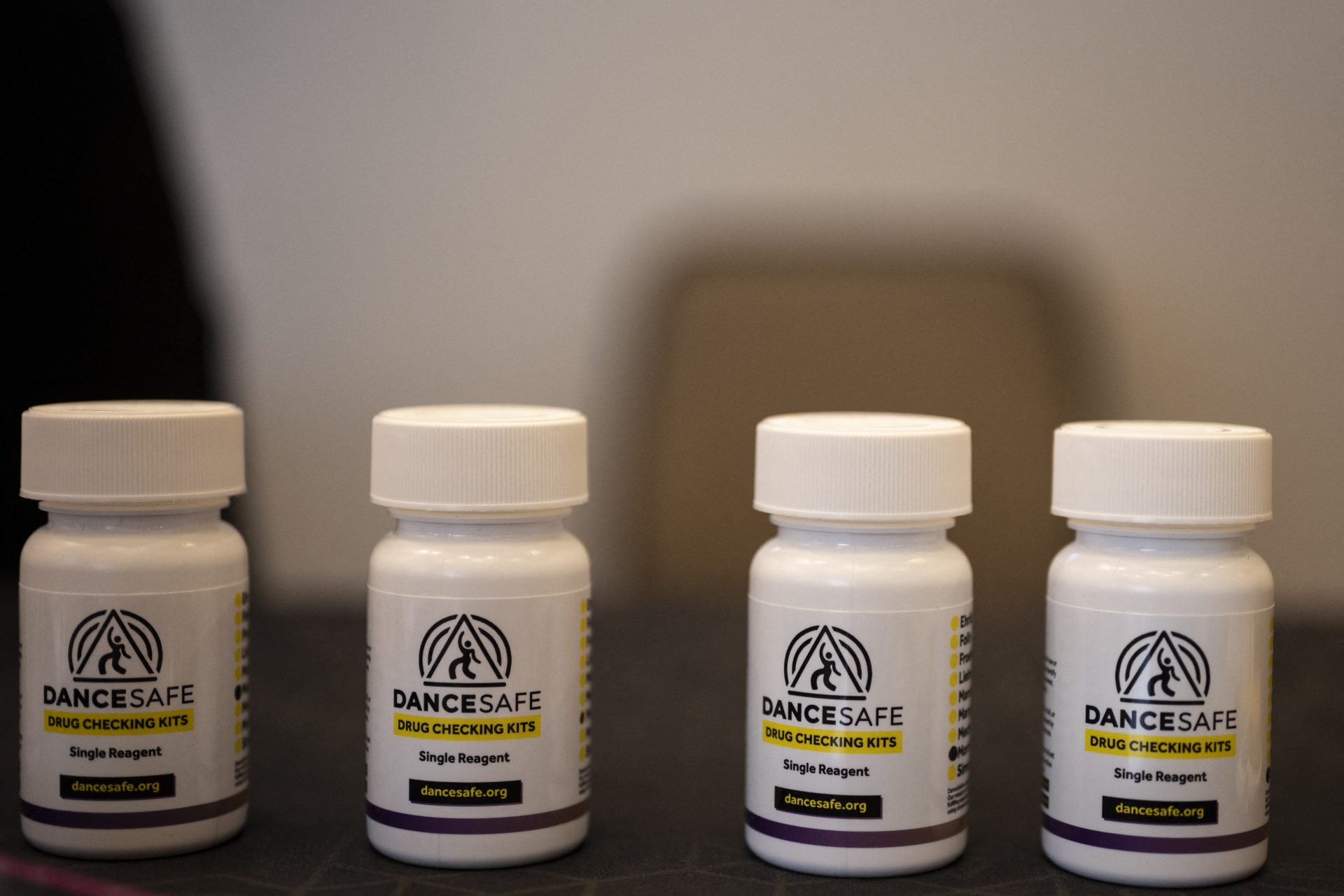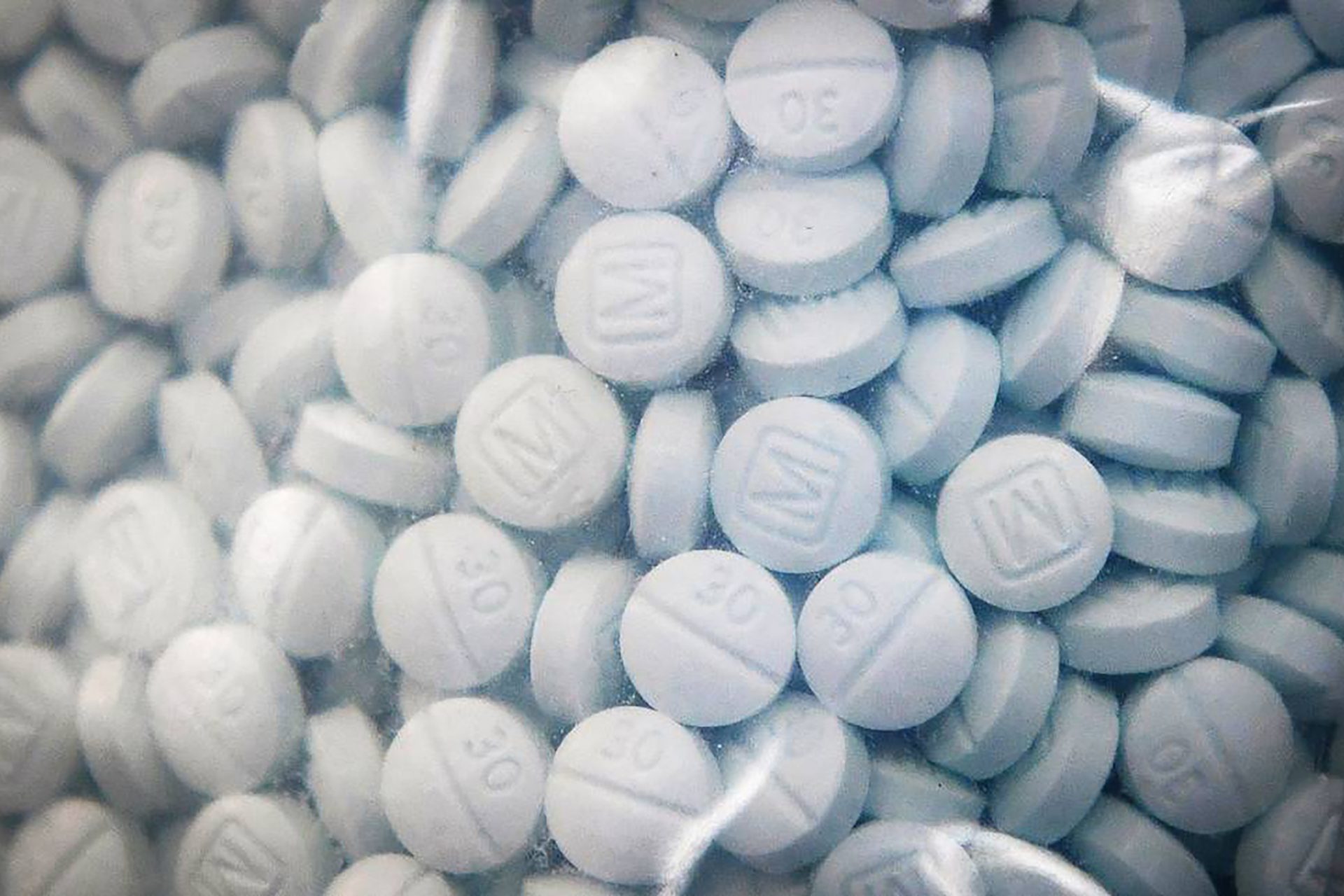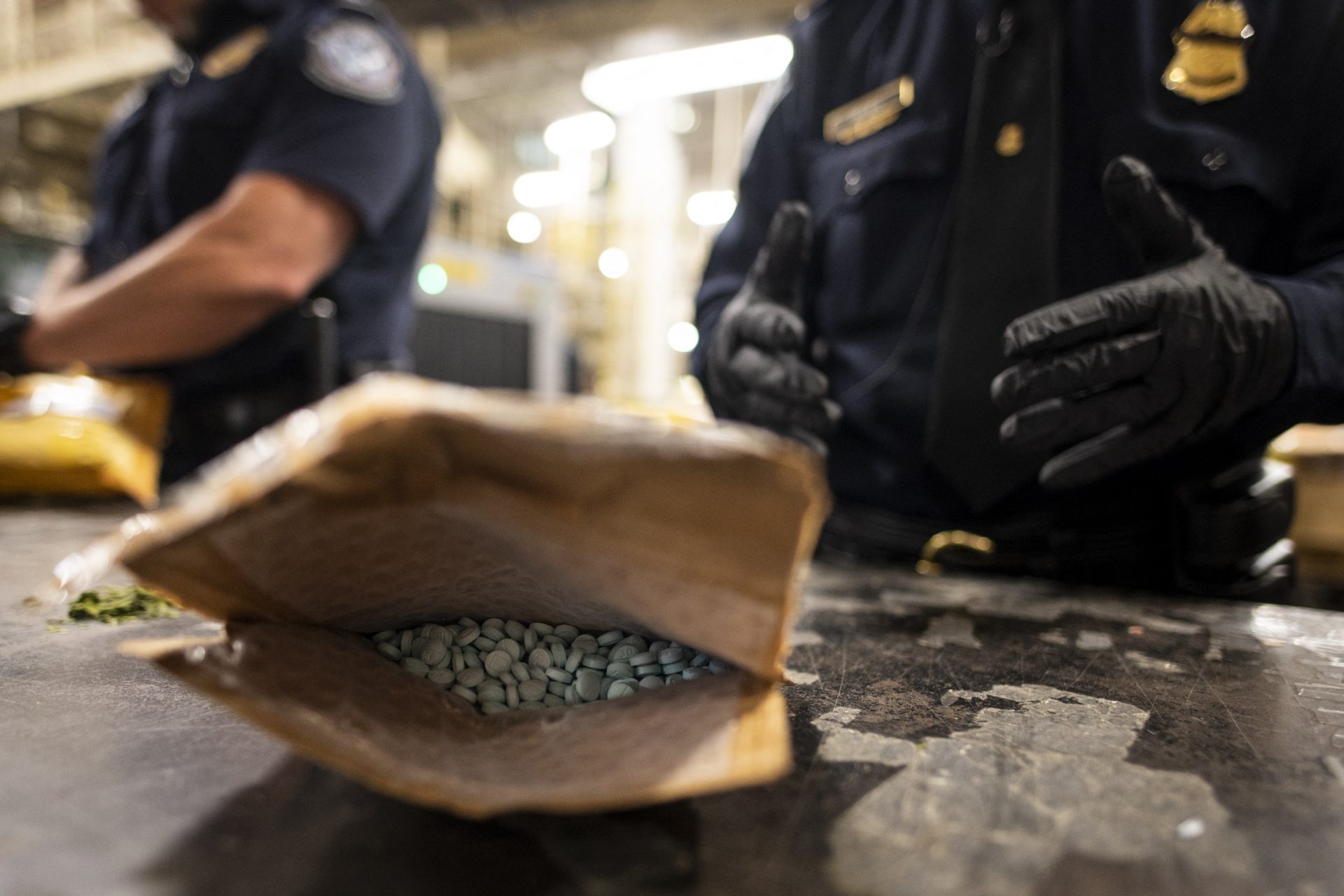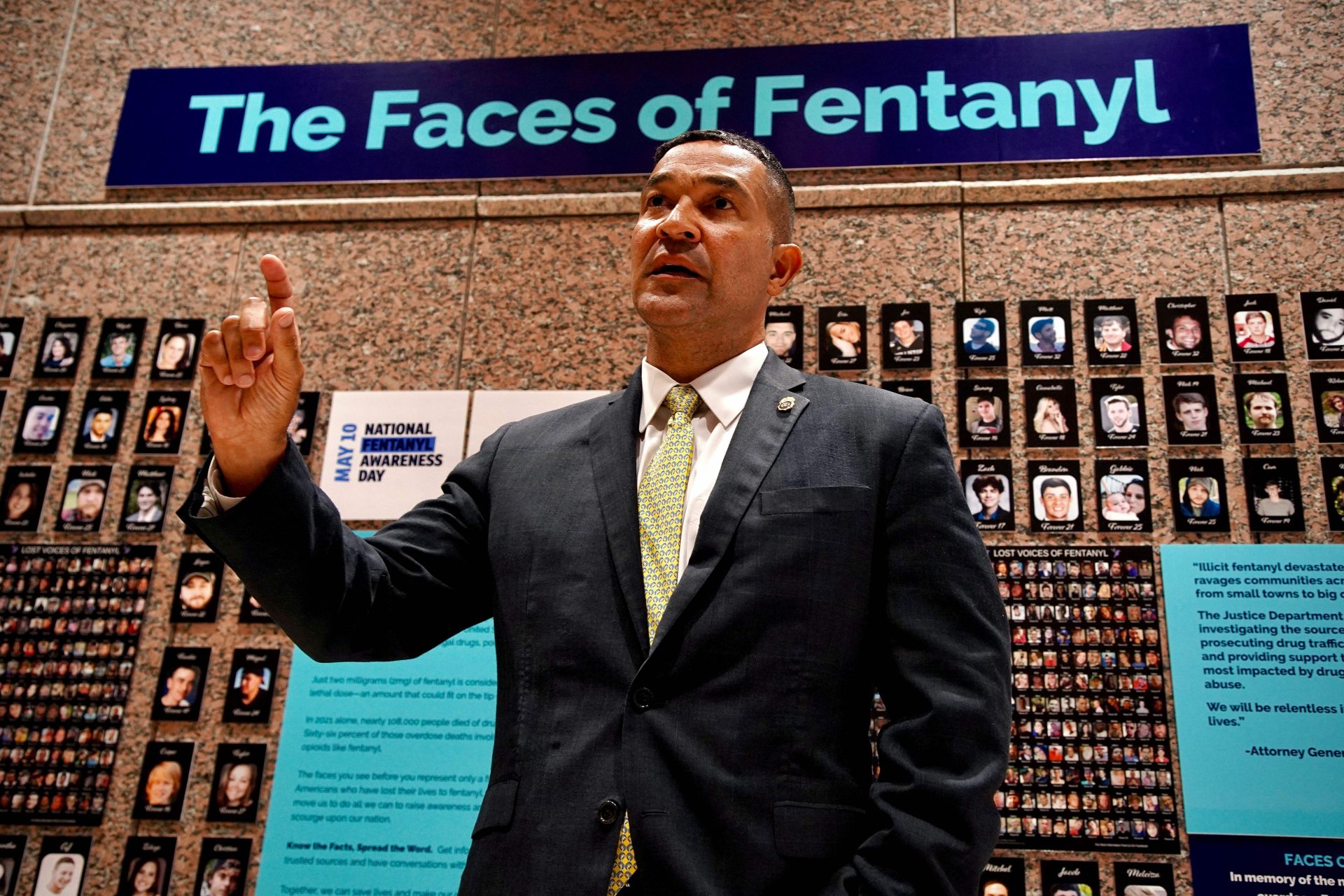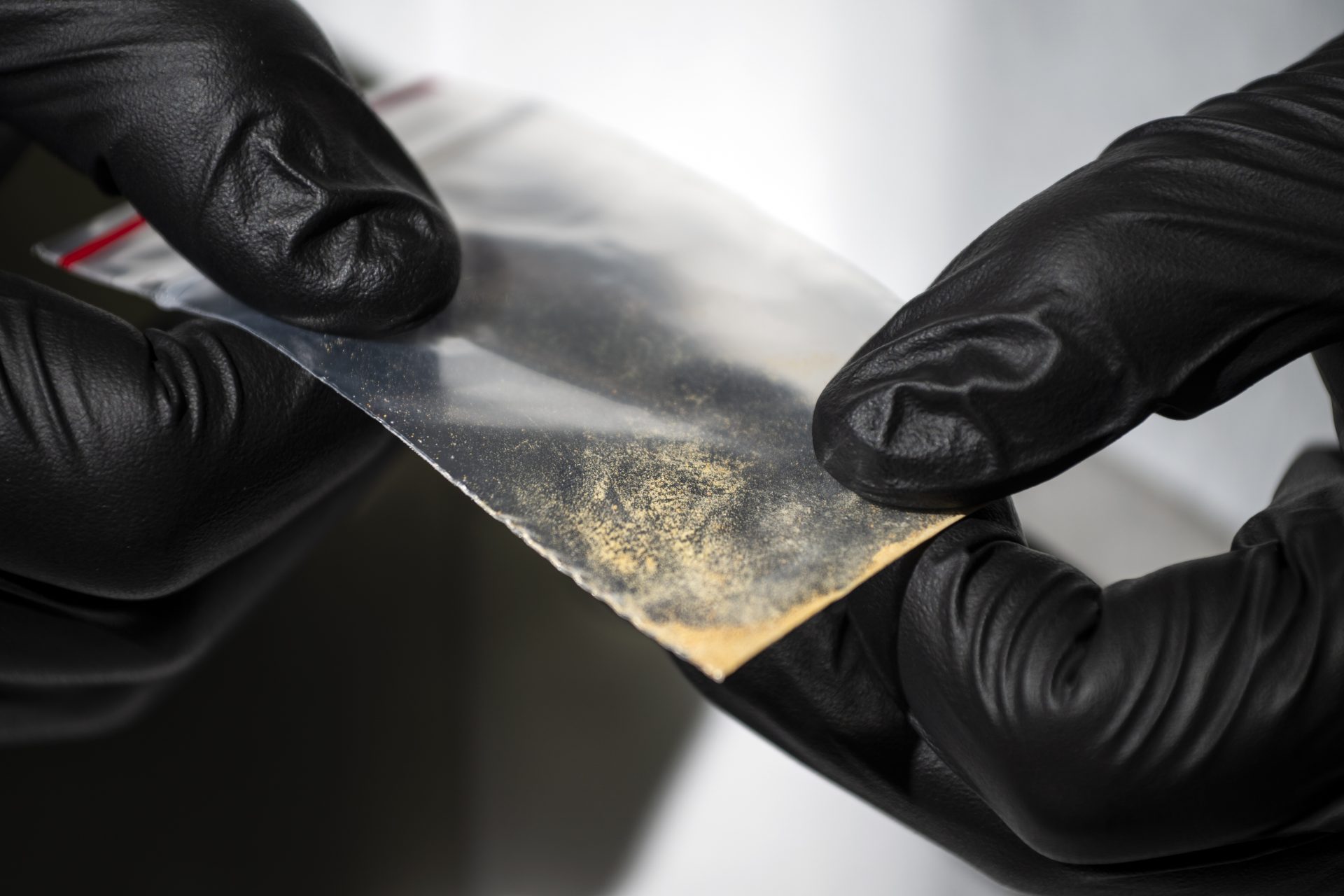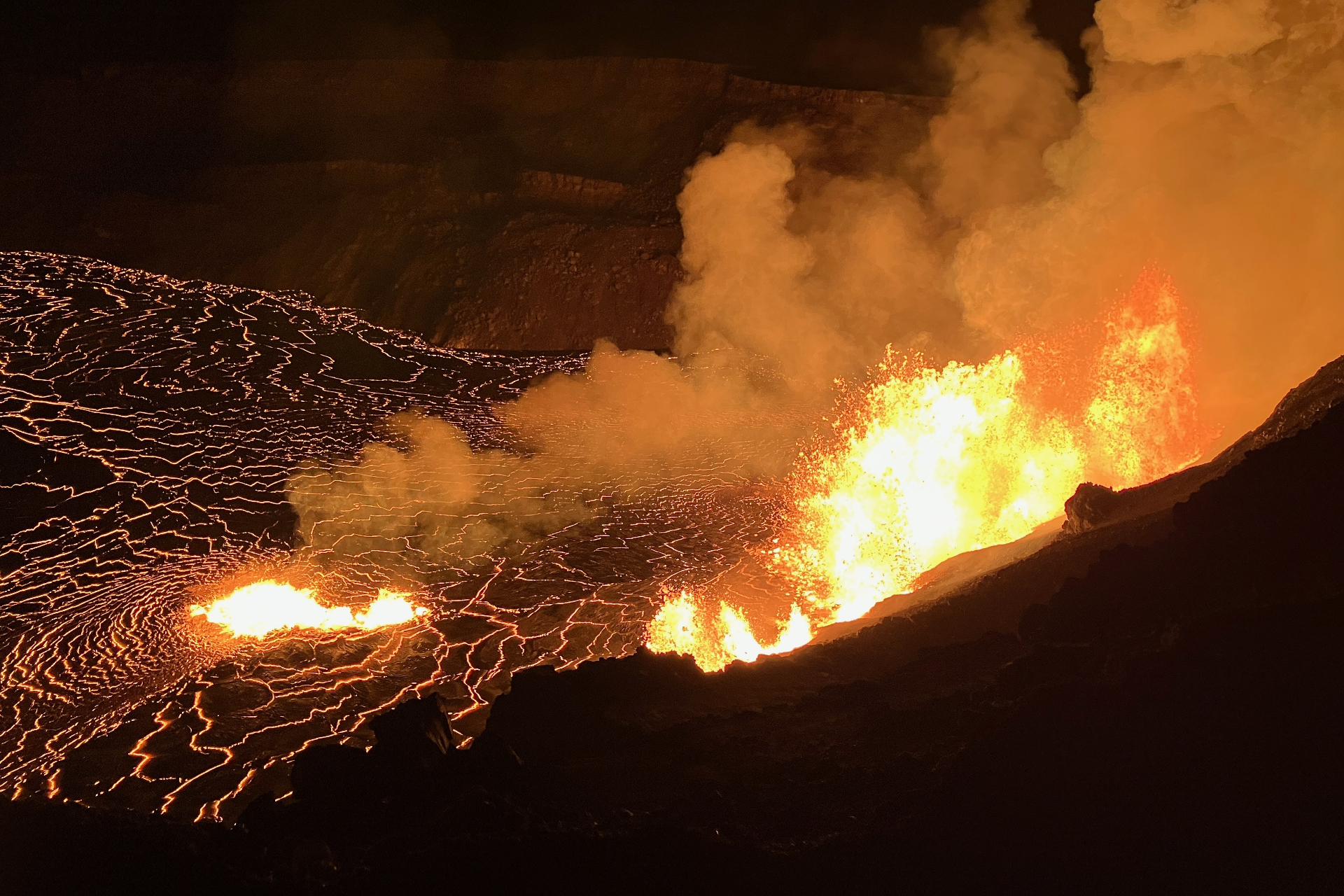Will stricter border controls solve America's fentanyl problem?
Donald Trump lost no time after taking office in threatening Mexico and Canada with 25% tariffs unless they tackled the fentanyl coming into the US across their borders.
In the event, both Canada and Mexico managed to persuade Trump that they would deal with the problem, though it should be pointed out the amount of fentanyl entering from Canada was a fraction of the amount coming in from Mexico – 0.2% versus 96.6%, according to CNN.
Mexico's President Claudia Sheinbaum promptly sent the first of 10,000 members of the country’s National Guard to the US-Mexico border to crack down on the smuggling.
Whether this strategy will stem the flow of the drug into the US remains to be seen. One of the key problems with fentanyl is the ease and cheapness with which it is cooked up.
Reuters carried out an investigation last year into concocting the lethal drug, which is 50 times more powerful than heroin, with the ingredients arriving on the doorstep for a fraction of the cost of its street value.
According to the news site, a Reuters journalist based in Mexico “bought everything needed to make $3 million worth of fentanyl. All it took was $3,600 and a web browser.”
The core ingredient of fentanyl are compounds known as piperidines which are combined with a small amount of common industrial chemicals, known as precursors, to produce a sea of deadly pills.
A simple transaction between the journalist and a seller in China involving an avatar resulted in a shipment of the required ingredients arriving ready to cook. The goods were paid with bitcoin. The package stated that it contained an adaptor.
Following the arrests of two Mexican Sinaloa cartel drug lords on July 25, US Attorney General Merrick Garland declared, “Fentanyl is the deadliest drug threat our country has ever faced,” the BBC reported.
American prosecutors say the Sinaloa cartel is the biggest supplier of drugs to the US, with fentanyl one of their leading exports. They also traffic wholesale amounts of heroin, methamphetamine, cocaine and marijuana, according to the DEA.
According to an estimate from the US Centers for Disease Control and Prevention, almost 75,000 of the estimated 107,543 overdose deaths in the US in 2023 were caused by fentanyl.
After cannabis, opioids are the most widely used drug with 60 million users worldwide, a report by the UN Office on Drugs and Crime (UNODC) states, followed by amphetamines (30 million). An estimated 228 million people use cannabis.
Often users are not aware they are taking fentanyl as it can be mixed with other drugs. Recent reports by the DEA and a 2024 study supported by the US National Institutes of Health (NIH) indicate that fentanyl-laced pills are becoming a major feature on the illicit drug market.
The NIH-supported study states that law enforcement seized more than 115m fentanyl pills in 2023, compared with about 49,000 in 2017, a 2,300% increase.
The study’s author, Joseph Palamar, says that since 2010, it has become common for heroin to be laced with fentanyl as well as other drugs such as prescription benzodiazepines or opioids.
“The most serious thing is you get these young people who think they’re going to take a Xanax or an Adderall or an Oxycontin and then they find out there’s fentanyl in it,” Palamar is quoted in The Guardian. “That kid could overdose and die.”
According to the DEA, an average pill sold as oxycodone would be laced with around 2 mg of fentanyl, which would be potentially fatal, though this amount can sometimes be as much as 8.4 mg due to amateurish pill pressing.
Due to some of fentanyl’s ingredients being needed in other industrial activities, it is hard for governments to clamp down on the production of fentanyl, though many governments are now imposing strict regulations on some of the required precursors.
But, according to Reuters, fentanyl producers are nothing if not creative and can sidestep the regulations by using designer precursors that have a similar, but slightly different chemical structure.
Known as fentanyl analogs, these slightly different compounds can often be as deadly if not more so than actual fentanyl and produce a similar high. For instance, Carfentanil, developed to sedate elephants, is 100 times more potent than fentanyl, according to the DEA.
Meanwhile, the UNODC report has warned of another group of synthetic drugs, known as nitazenes, said to be 40 times stronger than fentanyl, and now being sold in the US and Europe.
The report links the rise in these deadly drugs on the market to the ban on poppy cultivation in Afghanistan, following the Taliban takeover in 2022. Opium production fell the following year by 95%, from 6,200 tons produced in 2022 to 333 tons in 2023.
More for you
Top Stories












